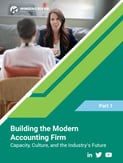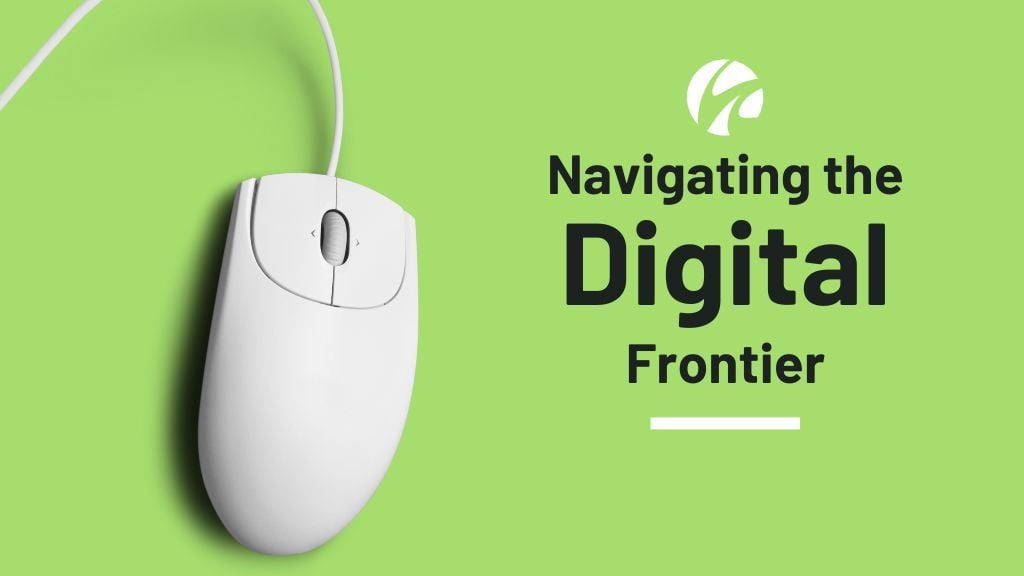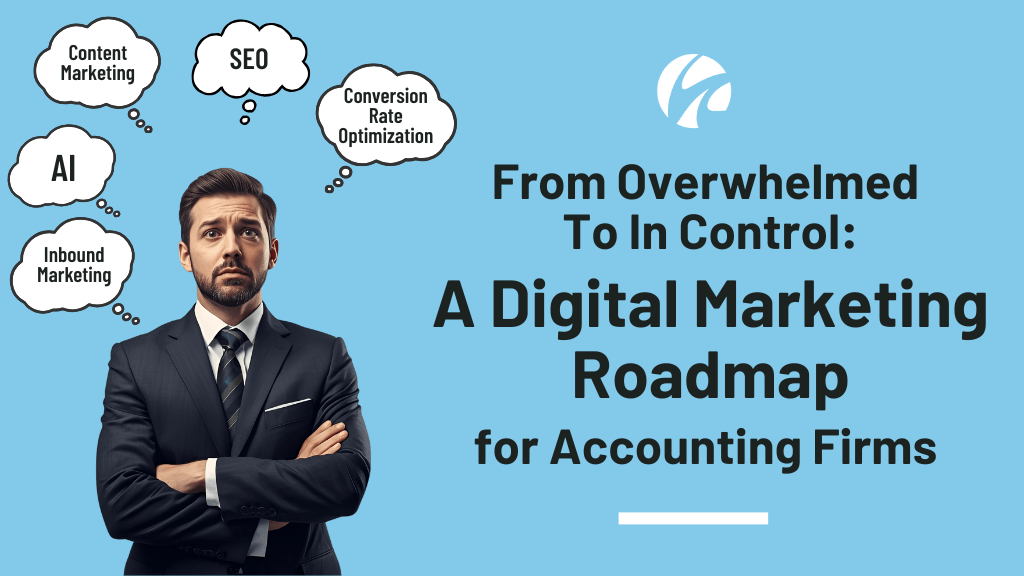4 min read
Navigating the Digital Frontier: A Guide for Firm Leaders on When and How to Invest in a Digital Strategy
In the ever-evolving terrain of professional services, digital strategy stands as a beacon of innovation and progress. Yet, it's often relegated to...



 David Toth
David Toth





